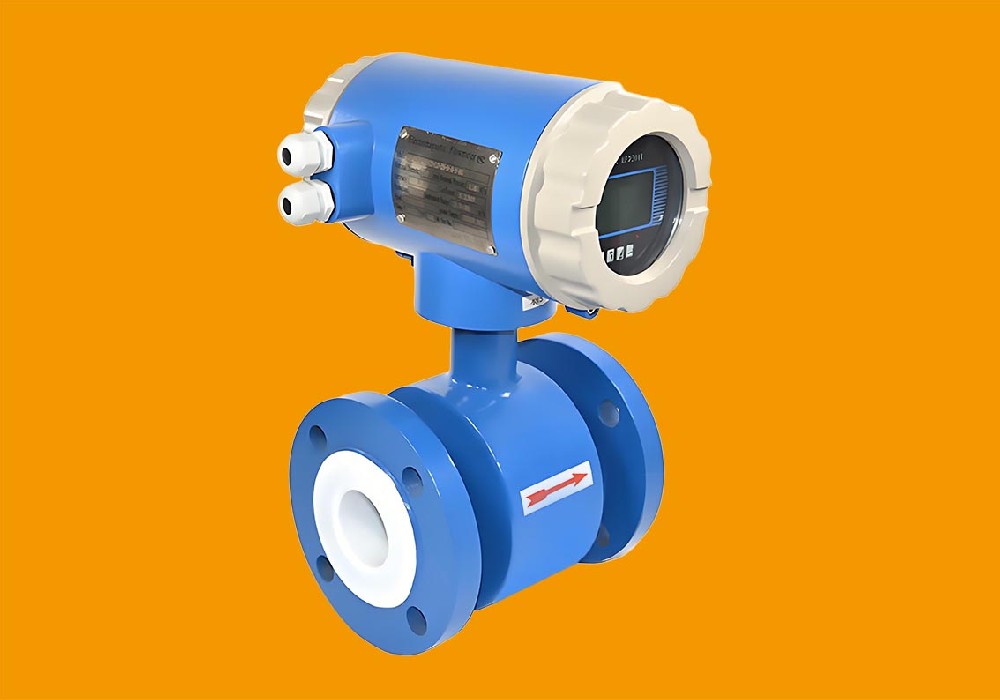
Product center· Product center
Product center
Product · center
Product center

TEL
08613915181149
Electromagnetic Flowmeter

product description:
Product IntroductionThe electromagnetic flowmeter is an inductive instrument that measures the volum···


TEL
08613915181149
product details
Product Introduction
The electromagnetic flowmeter is an inductive instrument that measures the volumetric flow rate of conductive media in a pipe based on Faraday's law of electromagnetic induction. It mainly consists of two parts: the sensor and the converter.
Working Principle
When a conductive liquid flows through the measuring pipe, it cuts the magnetic lines of force generated by the excitation coil. As a result, an induced electromotive force is generated in a direction perpendicular to both the magnetic field and the flow direction. This induced electromotive force is proportional to the flow velocity of the fluid. By measuring the magnitude of the induced electromotive force, the volumetric flow rate of the fluid can be calculated.
Product Features
Parameter Table
| Parameter | Details |
|---|---|
| Nominal Diameter | 15mm - 3000mm (special specifications can be customized) |
| Measurement Accuracy | Generally ±0.2% - ±0.5% (varies by model) |
| Repeatability | ≤0.1% |
| Flow Velocity Range | 0.3m/s - 15m/s (optimal measurement range is 1m/s - 5m/s) |
| Fluid Conductivity | ≥5μS/cm (slightly different requirements for different models) |
| Operating Pressure | Generally 1.6MPa, 2.5MPa, and the high - pressure type can reach 6.4MPa and above |
| Medium Temperature | Depends on the lining material. Neoprene: -20°C - +60°C; Polyurethane rubber: -20°C - +80°C; Polytetrafluoroethylene: -40°C - +180°C |
| Ambient Temperature | -25°C - +60°C |
| Output Signal | 4 - 20mA analog signal, frequency signal (0 - 1kHz), RS485 digital signal, Modbus protocol, etc. |
| Power Supply | AC: 220VAC ±10%, 50Hz; DC: 24VDC ±10% |
| Protection Level | Sensor: IP65, IP67, IP68 (submersible type); Converter: IP65 |
| Explosion - proof Level | Flame - proof type ExdⅡBT4, Intrinsic safety type ExiaⅡCT6, etc. (optional) |
| Lining Material | Neoprene, polyurethane rubber, polytetrafluoroethylene, acid - resistant rubber, etc. |
| Electrode Material | Stainless steel 316L, Hastelloy C, titanium, tantalum, platinum - iridium alloy, etc. |

TOP
- Huai'an Runzhong Instrument Technology Co., Ltd All Rights Reserved













